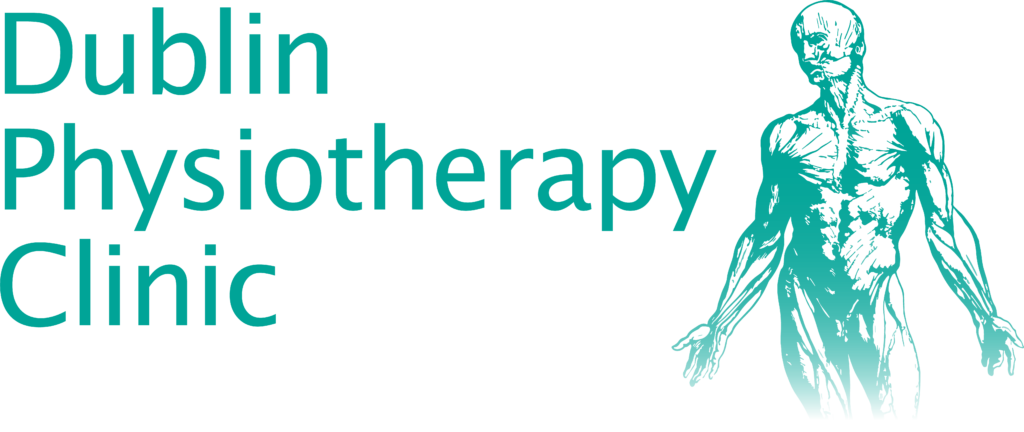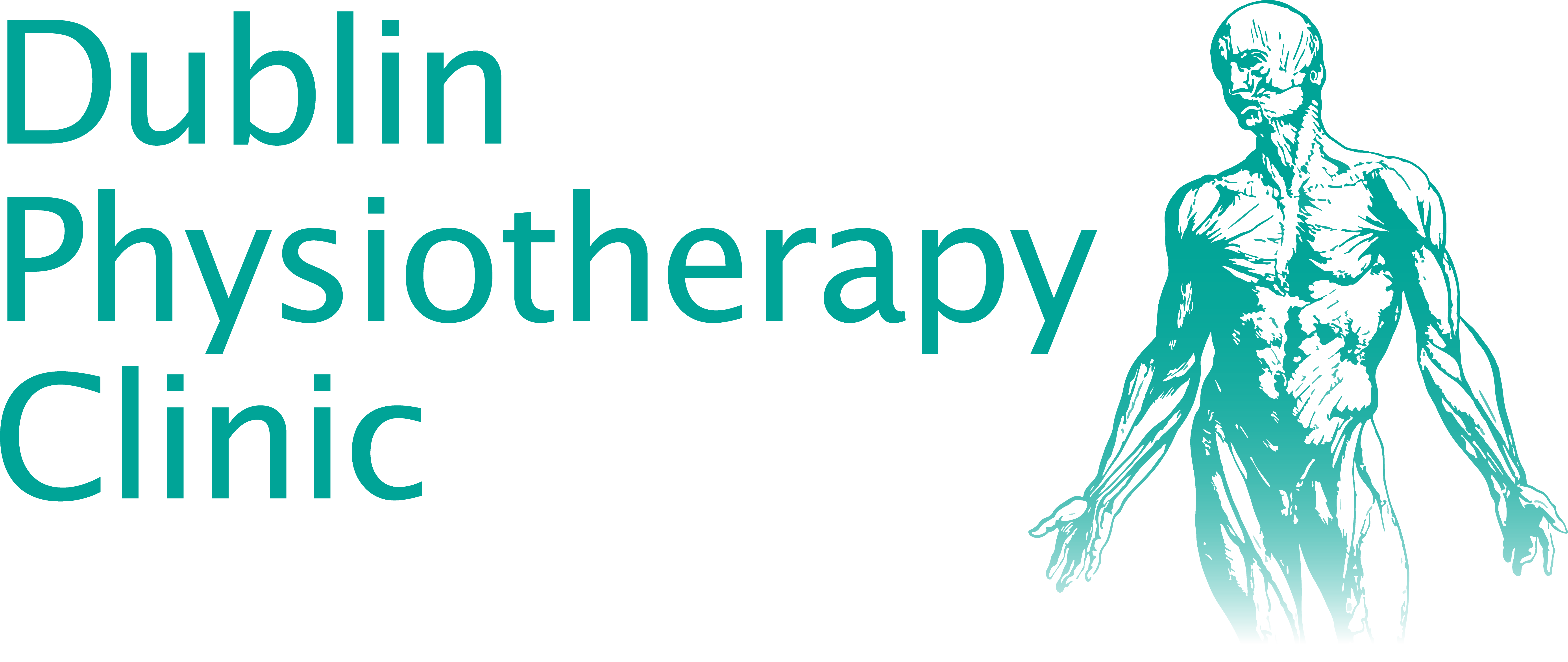OCCUPATIONAL
INJURIES
Occupational injuries cover a broad spectrum of conditions ranging from falling or trauma at one end of the scale to repetitive strain injuries from repeated overuse at the other. When injuries at work occur as a result of trauma they are managed the same way as any other traumatic cases – on the basis of the tissue damaged and the functional limitations that have occurred. There may well be associated health and safety issues but these are generally outside the direct influence of physiotherapy – although our advice is often sought.

Most employers are aware of their obligations regarding health and safety, lifting and handling and general ergonomic requirements although sometimes this requires further analysis / modification to individual circumstances.
Frequently, problems arise in the process of normal everyday activities such as bending, reaching, light lifting or carrying – which typically trigger spinal pain.
This is very often an indication of an underlying problem which simply surfaces with a specific activity but the causes have been developing over a long period of time. The common causes here are poor postural alignment, limited joint flexibility, reduced muscle tone and poor technique.
In these cases physiotherapy involves not only treating the acute problem but identifying the causes and of course planning the most appropriate interventions to prevent recurrance. For people who don’t pay much attention to their musculoskeletal health this would involve some habit and lifestyle changes.
Another group of conditions in the category of occupational injuries is repetitive strain injury or RSI. We have discussed this elsewhere and it almost always involves the dominant upper limb, neck or shoulder region. There are a wide variety of structures which can cause pain and the physiotherapy treatment needs to be specific to the structures involved. It is vitally important that clinicians have experience in dealing with these kind of conditions as these cases are usually complex and involve a well thought out management plan and specific types of treatments which are tailored to individual needs. Unfortunately it is still too common to see cases where lots of different treatments have been tried but not addressing the underlying causes.

So, in conclusion, Physiotherapy involves identifying and treating the painful structures as the first priority and then addressing the causative factors. The causative factors may be combinations of intrinsic mechanisms ( the mechanics of the body) or extrinsic factors (work station, tools, position, time, breaks etc). All of these elements need to be assessed and treated by competent physiotherapy.
JOIN OUR MAILING LIST
EMAIL:


